Home>Furniture>Outdoor Furniture>What To Keep Birds Away From A Patio
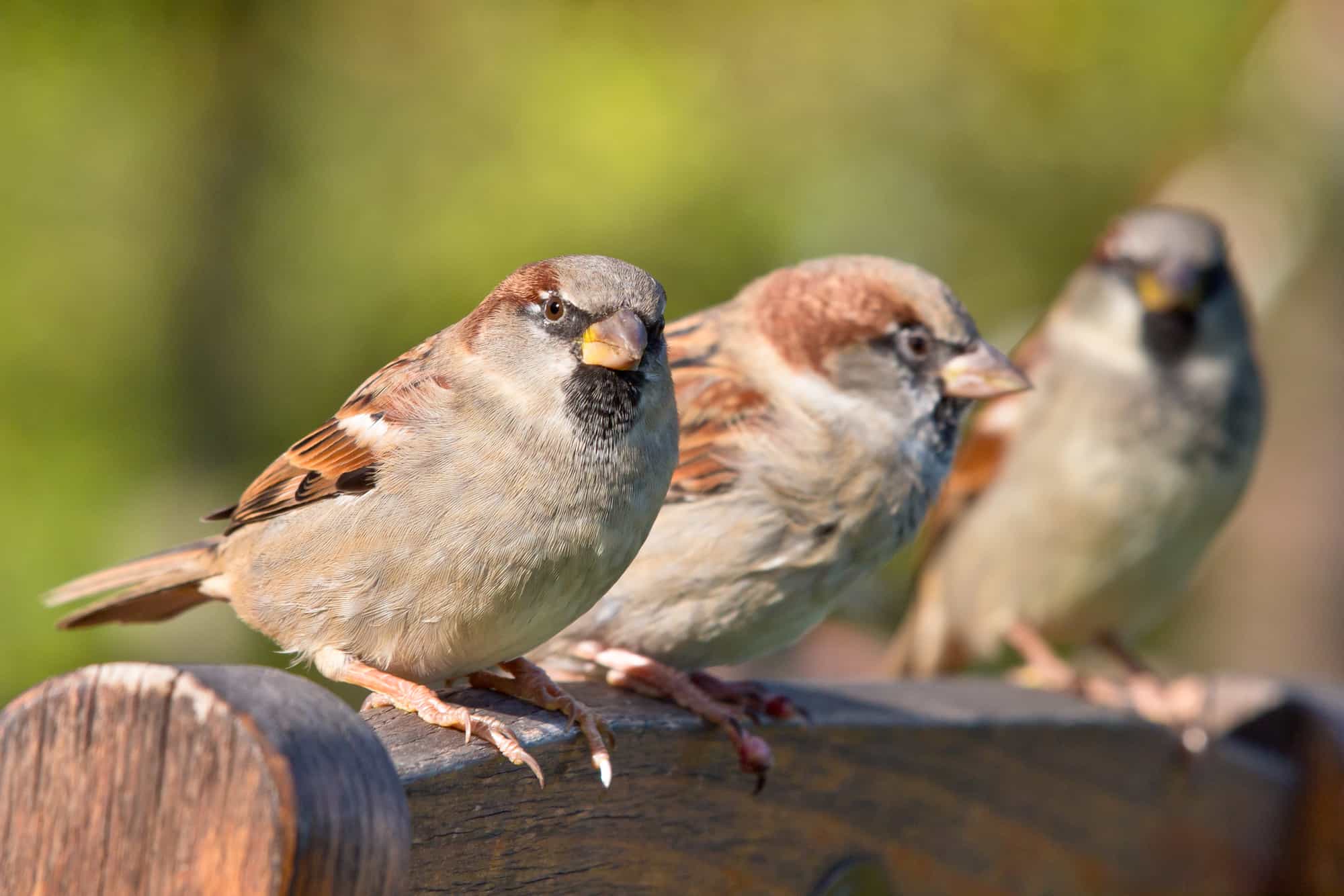

Outdoor Furniture
What To Keep Birds Away From A Patio
Modified: May 6, 2024
Looking to keep birds away from your patio? Discover effective methods and techniques to protect your outdoor furniture and enjoy a bird-free outdoor experience.
(Many of the links in this article redirect to a specific reviewed product. Your purchase of these products through affiliate links helps to generate commission for Storables.com, at no extra cost. Learn more)
Introduction
Welcome to this comprehensive guide on how to keep birds away from your patio. Birds can be a delightful addition to our outdoor spaces, filling the air with their songs and adding a touch of nature to our surroundings. However, when birds begin to wreak havoc on our patios, causing damage and leaving behind unsightly messes, it’s time to find effective solutions to keep them at bay.
Having a bird-free patio not only helps to maintain the cleanliness and aesthetics of your outdoor space but also ensures a more peaceful and enjoyable experience for you and your family. In this article, we will explore the common problems caused by birds on patios, the potential damage they can inflict, as well as various methods and strategies to deter them and keep them from making your patio their favorite hangout spot.
Whether you’re dealing with pesky pigeons, intrusive seagulls, or other nuisance birds, we have you covered with a range of natural and professional solutions to meet your needs.
Now, let’s dive into the bird control strategies and methods that will help you reclaim your patio from these feathered intruders.
Key Takeaways:
- Keep birds away from your patio by using natural methods like visual deterrents and scents, and professional solutions such as bird spikes and repellent gels. Regular maintenance and vigilance are key to success.
- Address common bird problems on your patio, like nesting, droppings, and noise, with proactive bird control measures. Create an unappealing environment for birds using physical barriers, visual deterrents, and sound repellents.
Read more: How To Keep Birds Away From Chimney
Common Bird Problems on Patios
Birds can cause a myriad of problems when they take up residence on your patio. Understanding these common issues will help you identify the best approach to keep them away.
1. Nesting: Birds often choose patios as a convenient spot to build their nests. This can result in debris such as twigs, leaves, and feathers accumulating on your patio, creating an unsightly mess. Additionally, nests can harbor pests like mites and fleas, which can become a nuisance for you and your family.
2. Droppings: Bird droppings not only look unsightly but can also cause damage to your patio furniture, flooring, and other outdoor decor. The high acidity of bird droppings can eat away at surfaces, causing stains and deterioration over time.
3. Noise: Some bird species are known for their incessant chirping and squawking, which can disrupt your peace and tranquility on the patio. This noise can be particularly bothersome if you’re trying to relax, entertain guests, or enjoy a quiet evening outdoors.
4. Food Theft: Birds are notorious for swooping in and stealing your food, especially if you’re dining al fresco on the patio. Whether it’s a sandwich, a plate of fruits, or even pet food left unattended, these opportunistic birds will not hesitate to help themselves to your meals.
5. Aggression: Some bird species, such as seagulls or crows, can display aggressive behavior when they feel threatened or are in search of food. Their swooping and diving can be intimidating and potentially dangerous, especially if you have young children or elderly individuals using the patio.
By addressing these common bird problems, you can create a more enjoyable patio experience while protecting your property from damage caused by bird activity. In the following sections, we will discuss effective strategies to keep birds away from your patio and mitigate these issues.
Potential Damage Caused by Birds
When birds take up residence on your patio, they can cause various types of damage that not only affect the aesthetics of your outdoor space but also impact the longevity and functionality of patio furniture and structures. Understanding the potential damage caused by birds will help you implement effective prevention strategies.
1. Surface Damage: Bird droppings contain high levels of uric acid, which can corrode and stain surfaces over time. Whether it’s your patio flooring, outdoor furniture, or decorative items, the acidic nature of bird droppings can cause discoloration and deterioration. Regular cleaning and maintenance are necessary to prevent permanent damage.
2. Nesting Damage: Birds that build nests on your patio can cause structural damage. They may displace or damage roofing shingles, gutters, and vents while constructing their nests. Over time, this can compromise the integrity of your patio and lead to costly repairs.
3. Furniture Damage: Birds can wreak havoc on your patio furniture. They may peck at cushions, tear through fabric, and create holes, rendering furniture pieces unsightly and unusable. Protecting your furniture with covers or implementing bird deterrence methods can help prevent such damage.
4. Plant Damage: Birds have a knack for snacking on your plants, flowers, and fruits. They may pluck leaves, petals, or fruits, leaving your garden looking ravaged. Some bird species even dig up potted plants in search of insects or seeds. Installing protective netting or using bird repellents can safeguard your plants and prevent them from becoming bird snacks.
5. Health Hazards: Bird droppings can pose health risks, as they may contain bacteria, parasites, and fungal spores. When dried droppings are disturbed, these microorganisms can become aerosolized, increasing the risk of respiratory issues and infections. It’s crucial to handle bird droppings with caution and maintain good hygiene practices.
By being proactive in preventing birds from occupying your patio, you can minimize the potential damage they may cause. In the next sections, we will explore effective methods to deter birds from your outdoor space and ensure a bird-free environment.
Health and Sanitation Concerns
When birds infest your patio, they can create health and sanitation hazards that should not be overlooked. Bird droppings, parasites, and the potential spread of diseases are all factors to consider when dealing with bird-related issues on your patio.
1. Parasites and Pests: Bird nests and droppings can attract various parasites, including mites, fleas, ticks, and lice. These pests can easily make their way into your home, causing discomfort and potential health issues for you and your pets. Regularly inspecting and cleaning your patio can help prevent infestations.
2. Bacterial and Fungal Infections: Bird droppings harbor potentially harmful bacteria and fungi, which can pose health risks if they come into contact with humans. Diseases like Histoplasmosis, Salmonella, and E. coli can be contracted through direct contact or inhalation of contaminated droppings. It is essential to handle bird droppings carefully and maintain proper hygiene practices.
3. Air Quality Issues: Dried bird droppings can break down into fine dust particles that can become airborne and be inhaled. This can cause respiratory problems, especially for individuals with pre-existing conditions such as asthma or allergies. Regular cleaning and prevention methods can help improve the air quality around your patio.
4. Fouling of Water Sources: If you have a bird bath or any other water feature on your patio, bird droppings can quickly contaminate the water. This not only poses a risk to birds themselves but can also attract other pests and potentially affect the health of other wildlife that relies on these water sources.
5. Slip and Fall Hazards: Bird droppings on your patio create slippery surfaces, increasing the risk of slip and fall accidents. This is particularly concerning if you have young children or elderly individuals using the patio. Regular cleaning and bird control measures can help prevent these accidents.
By addressing the health and sanitation concerns associated with bird infestation on your patio, you not only protect your own well-being but also create a safer environment for everyone using your outdoor space. Let’s explore effective methods to keep birds away from your patio in the following sections.
Natural Methods to Keep Birds Away
When it comes to deterring birds from your patio, employing natural methods can be an effective and eco-friendly approach. These methods aim to create an environment that is unappealing or uncomfortable for birds, discouraging them from frequenting your outdoor space.
1. Remove Food Sources: Eliminating potential food sources is one of the most effective ways to deter birds. Ensure that any bird feeders, pet food, or uncovered garbage cans are kept away from the patio. By removing these food incentives, birds will be less likely to gather in your outdoor area.
2. Create Physical Barriers: Installing physical barriers can prevent birds from accessing your patio. Use netting or wire mesh to cover openings, gaps, or areas where birds tend to roost or nest. Be sure to seal off any potential entry points to deter birds from making your patio their home.
3. Use Visual Deterrents: Birds are often wary of reflective surfaces and movement. Hang shiny objects such as aluminum foil strips, CDs, or wind chimes around your patio to create visual disturbances. Additionally, scarecrows or fake predators like owls or snakes can help scare away birds.
4. Repel Birds with Sound: Certain sounds and noises can deter birds from your patio. Set up wind-activated devices or install motion-activated sound repellents that emit high-frequency sounds designed to be unpleasant for birds. Alternatively, playing recordings of predator sounds or distress calls can also be effective.
5. Implement Scents and Taste Deterrents: Birds have a strong sense of smell and taste. Utilize scents such as citrus peels, vinegar, or essential oils with strong odors that birds find unpleasant. Spraying a mixture of water and these scents around your patio can deter them from landing or nesting.
Remember that natural bird deterrents may not provide immediate results and may require consistent application or maintenance. It’s important to rotate and vary these methods to keep birds from adapting or becoming immune to them.
In the next sections, we will explore additional strategies, both natural and professional, to effectively repel birds and keep them away from your patio.
Read more: How To Keep Insects Away From The Patio
Creating Physical Barriers
Creating physical barriers is an effective method to prevent birds from accessing your patio. By installing barriers, you can block off potential entry points and deter birds from roosting or nesting in your outdoor space.
Here are some strategies to consider when creating physical barriers:
1. Netting: Use bird netting to cover open areas, such as pergolas, awnings, or gaps in fences. Secure the netting tightly to prevent birds from finding their way in. Make sure to choose netting with small mesh openings to prevent small birds from getting entangled.
2. Wire Mesh: Install wire mesh on vents, chimneys, or any other openings where birds tend to enter. Ensure that the mesh is tightly fitted and securely fastened to keep birds out. Be mindful of any potential gaps or weak spots that birds could exploit.
3. Spikes or Deterrents: Place bird spikes or deterrent strips along ledges, rooflines, or other surfaces where birds commonly roost. These devices feature pointed ends or unpleasant surfaces that make it uncomfortable for birds to land, discouraging them from perching on your patio.
4. Curtains or Screens: If you have a covered patio, consider installing curtains or screens to create a physical barrier between the birds and your outdoor living space. This can help prevent birds from entering and nesting while still allowing you to enjoy a breeze and natural light.
Remember to inspect your patio regularly and address any potential gaps or openings that birds could exploit. Ensure that the barriers are properly installed and maintained to ensure their effectiveness.
Creating physical barriers not only keeps birds away from your patio but also helps prevent potential damage and nesting. In the next section, we will explore the use of visual deterrents to further discourage birds from choosing your patio as their favorite spot.
Place shiny objects such as aluminum foil, CDs, or wind chimes around the patio to deter birds. The reflection and noise will make the area less attractive to them.
Using Visual Deterrents
Visual deterrents can be highly effective in deterring birds from your patio. Birds are often intimidated by movement and reflective surfaces, making visual deterrents a valuable tool in keeping them away. Here are some visual deterrents to consider:
1. Reflective Objects: Hang shiny objects like aluminum foil strips, reflective tape, or old CDs around your patio. The reflected light and movement will create an illusion of danger for birds, making them reluctant to approach the area. Ensure that the objects are secured well to withstand wind and weather conditions.
2. Scarecrows and Decoys: Place scarecrows or decoys in your patio to create the appearance of a predator or a territorial bird. Birds are naturally cautious around potential threats, and these visual cues can deter them from lingering around your outdoor space.
3. Predator Silhouettes: Cut out or purchase predator silhouettes, such as owls or falcons, and place them strategically around your patio. Birds are instinctively cautious when they see the silhouettes of predatory birds, as they signal potential danger.
4. Pinwheels and Windsocks: Wind-driven pinwheels and windsocks not only add a decorative flair to your patio but also create movement and noise that birds find unsettling. Place them strategically to create a visual deterrent against bird invasion.
5. Decoy Predators: Consider using decoy predators, such as plastic snakes or owls, as visual deterrents. Move them frequently to prevent birds from realizing they are not real. Birds will be less likely to approach your patio if they believe predators are nearby.
Remember to periodically change the location and appearance of these visual deterrents to prevent birds from becoming accustomed to them. Rotating and combining different visual tactics can help maintain their effectiveness in deterring birds from your patio.
In the next section, we will explore other methods, such as sound deterrents, to further enhance your bird control efforts.
Repelling Birds with Sound
Sound deterrents can be an effective way to repel birds from your patio. By emitting sounds that are unpleasant or threatening to birds, you can discourage them from lingering in your outdoor space. Here are some sound deterrents to consider:
1. Ultrasonic Devices: Ultrasonic bird repellent devices emit high-frequency sounds that are inaudible to humans but uncomfortable for birds. These devices can be easily installed in your patio area and are effective at deterring birds without causing harm to them or other wildlife.
2. Wind-Activated Devices: Wind-activated bird scare products produce random noises when winds blow, creating an unpredictable soundscape that birds find unsettling. These devices are usually designed to resemble predators, such as owls, and can help keep birds away from your patio.
3. Recorded Predator Sounds: Purchase or download recordings of predator sounds like falcons, hawks, or distress calls of bird species that are natural enemies of the birds you are trying to deter. Play these sounds periodically to create the illusion of a predator nearby, causing the birds to seek safer areas.
4. White Noise Machines: White noise machines emit a continuous sound that can help mask the noises made by birds, making your patio less attractive to them. Place the machine near the patio area to create a consistent background noise that can discourage birds from settling in.
5. Water Sprinkler Systems: Motion-activated sprinkler systems can be effective in deterring birds. Birds dislike being sprayed with water, so when they approach your patio, the sudden spray will startle them and encourage them to find an alternative location.
It’s important to note that sound deterrents may not be suitable for all patio settings, especially if you have close neighbors. Consider the proximity of others when selecting and using sound repellents and adjust the volume and timing to avoid causing disturbances.
In the next section, we will explore the use of scents and taste deterrents as another natural means to discourage birds from your patio.
Implementing Scents and Taste Deterrents
Using scents and taste deterrents can be an effective way to repel birds from your patio. Birds have a strong sense of smell and taste, and certain scents and flavors are unappealing to them. By implementing these deterrents, you can create an unpleasant environment that birds will want to avoid. Here are some methods to consider:
1. Citrus Peels: Birds dislike the smell of citrus fruits. Scatter or hang citrus peels around your patio to create a natural deterrent. Refresh the peels periodically to maintain their effectiveness. Alternatively, you can use citrus-scented essential oils to achieve a similar effect.
2. Vinegar: The strong smell of vinegar is unpleasant to birds. Mix equal parts of white vinegar and water in a spray bottle and mist the areas birds frequent, such as perches, ledges, and other problem spots. Reapply the vinegar mixture regularly to maintain its effectiveness.
3. Spicy Flavors: Birds have sensitive taste buds and are deterred by spicy flavors. Sprinkle cayenne pepper or chili powder in areas where birds gather or regularly visit. The heat from these spices will make the area less inviting to birds without causing harm to them or the environment.
4. Bird Repellent Gels and Sprays: Bird repellent gels and sprays provide a sticky consistency that makes surfaces unpleasant for birds to land on. Apply these products to ledges, railings, and other perching spots to discourage birds from roosting in those areas. Remember to follow the manufacturer’s instructions for safe and effective use.
5. Mothballs: Mothballs have a strong odor that deters birds. Place mothballs in mesh bags or fabric pouches and hang them in areas where birds congregate. Be cautious with the use of mothballs, as they contain chemicals that can be harmful to humans and pets if ingested.
Keep in mind that scents and taste deterrents may need to be reapplied regularly, especially after rainfall or when they start to lose their potency. Also, make sure to use these methods responsibly, ensuring they do not come into contact with food or other areas where they may cause unintended harm or contamination.
In the next section, we will delve into professional solutions that can offer long-term bird control for your patio.
Read more: What Will Keep Wasps Away From My Patio
Professional Solutions for Bird Control
If natural deterrents and DIY methods are not providing the desired results, or if you have a severe bird problem on your patio, it may be time to consider professional solutions for bird control. Professional methods are often more comprehensive and can offer long-term effectiveness in keeping birds away from your outdoor space. Here are a few professional solutions to consider:
1. Bird Spikes: Bird spikes are a common and highly effective method of bird control. These are physical barriers consisting of stainless steel or plastic spikes that prevent birds from landing on ledges, roofs, or other surfaces. Bird spikes are safe, humane, and long-lasting, making them an excellent choice for keeping birds off your patio.
2. Bird Netting: Bird netting is a physical barrier made of durable materials like nylon or polyethylene. It is installed over larger areas, such as entire patios or gardens, to exclude birds from the space. Bird netting is an ideal choice for those dealing with a variety of bird species or larger infestations.
3. Bird Repellent Gels and Liquids: Professional-grade bird repellent gels and liquids can be applied to surfaces where birds roost or perch. These products create a sticky texture that birds find unpleasant, deterring them from landing. They are effective for long-term bird control and can be applied to ledges, beams, and other problem areas.
4. Bird Shock Systems: Bird shock systems use low-voltage electric pulses to deter birds from landing on specific surfaces. These systems deliver a harmless but startling shock, making birds associate the area with discomfort and discouraging them from returning. Bird shock systems can be installed on ledges, signs, or rooftop edges.
5. Bird Repellent Sound devices: Professional sound devices emit a variety of distress calls, predator sounds, or random noises that birds find threatening or uncomfortable. These devices are ideal for large outdoor areas and can be set on timers or motion sensors to maximize effectiveness.
It’s important to consult with a professional bird control specialist to determine the most appropriate solution for your specific bird problem. They can assess your patio, identify the bird species causing issues, and recommend the most effective professional methods for long-term bird control.
In the next section, we will conclude our guide and summarize the key points discussed to help you keep birds away from your patio.
Conclusion
Dealing with bird problems on your patio can be frustrating and disruptive to your outdoor space. However, with the right techniques and strategies, you can effectively keep birds away and reclaim a bird-free patio. Whether you opt for natural methods or professional solutions, there are several approaches you can take to deter birds and mitigate the damage they can cause.
We explored common bird problems on patios, including nesting, droppings, noise, food theft, and aggression. Understanding these issues allows you to address them proactively and implement appropriate bird control measures.
From creating physical barriers with netting and wire mesh to using visual deterrents like shiny objects and scarecrows, there are natural methods to discourage birds from your patio. Additionally, employing sound deterrents, implementing scents and taste deterrents, and even considering professional solutions like bird spikes or repellent gels further enhance your bird control efforts.
It’s essential to regularly inspect and maintain your patio to identify potential entry points or gathering areas for birds. By staying vigilant and taking proactive steps, you can prevent birds from creating nests, causing damage, and posing health risks on your patio.
Remember, each bird control method may require trial and error to determine what works best for your specific bird problem. It may also be necessary to combine different strategies or rotate approaches to prevent birds from becoming accustomed to the deterrents.
Ultimately, the goal is to create an environment that is unappealing and uncomfortable for birds while still enjoying your outdoor space. By implementing the strategies outlined in this guide, you can create a bird-free and enjoyable patio experience for yourself, your family, and your guests.
So, take action today and say goodbye to unwanted feathered visitors on your patio. With determination and the right techniques, you can ensure a peaceful, clean, and bird-free outdoor environment.
Now that you've got some great tips on keeping birds at bay, why not spruce up your deck for maximum enjoyment? Our next guide is packed with creative ideas for colorful decor and simple enhancements that can transform any deck into a prime spot for outdoor living. Whether you're looking to host summer barbecues or simply relax in style, these additions will make your space more inviting and functional.
Frequently Asked Questions about What To Keep Birds Away From A Patio
Was this page helpful?
At Storables.com, we guarantee accurate and reliable information. Our content, validated by Expert Board Contributors, is crafted following stringent Editorial Policies. We're committed to providing you with well-researched, expert-backed insights for all your informational needs.
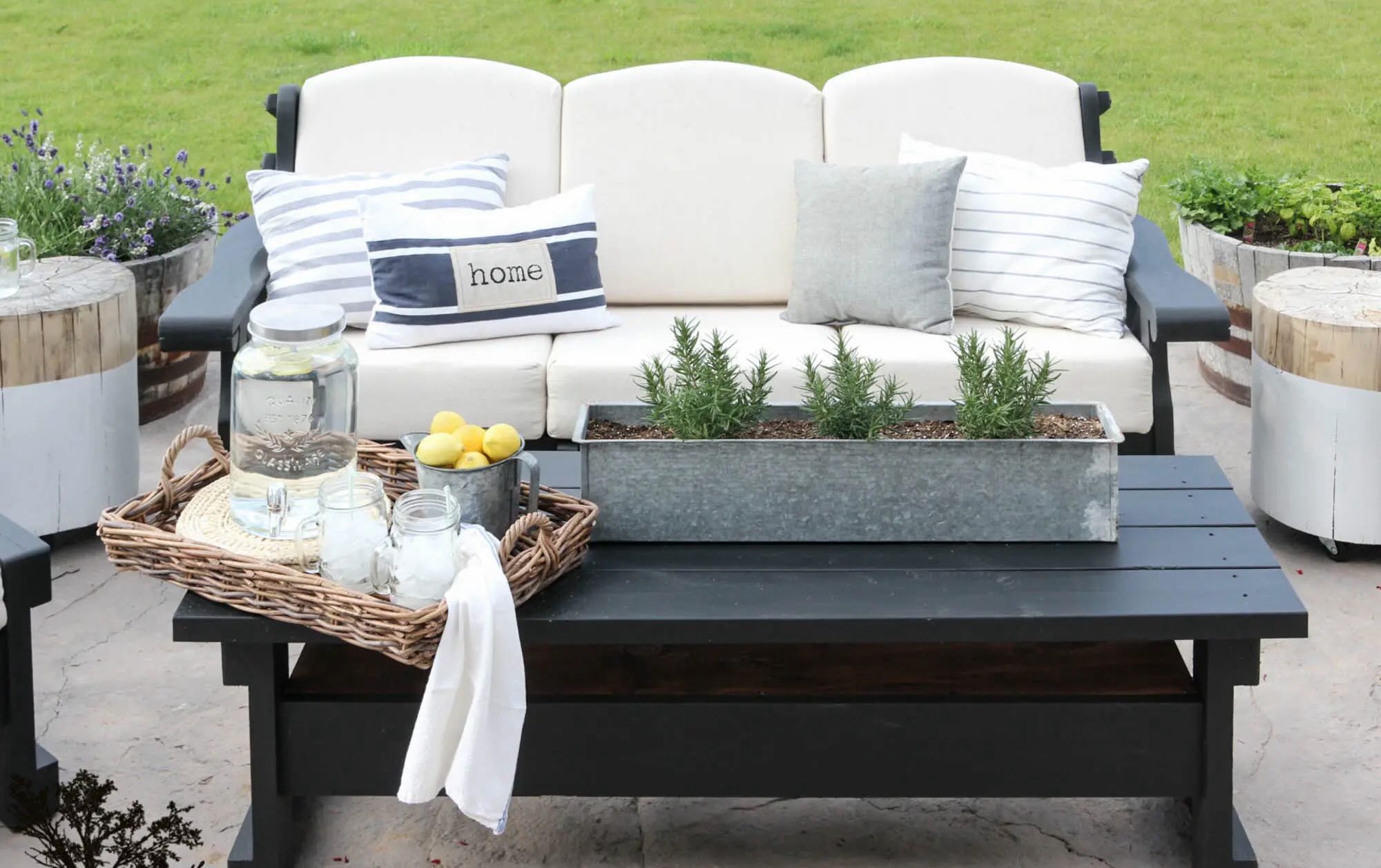
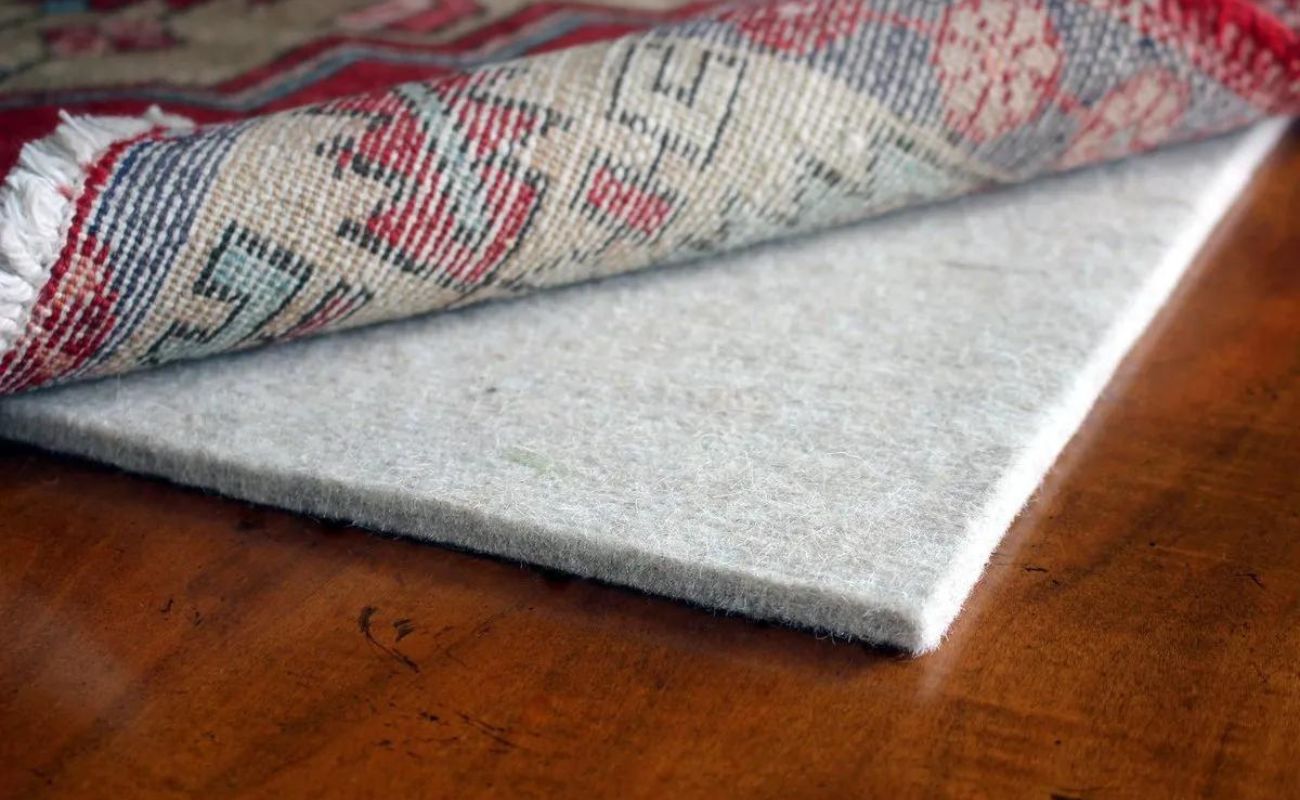
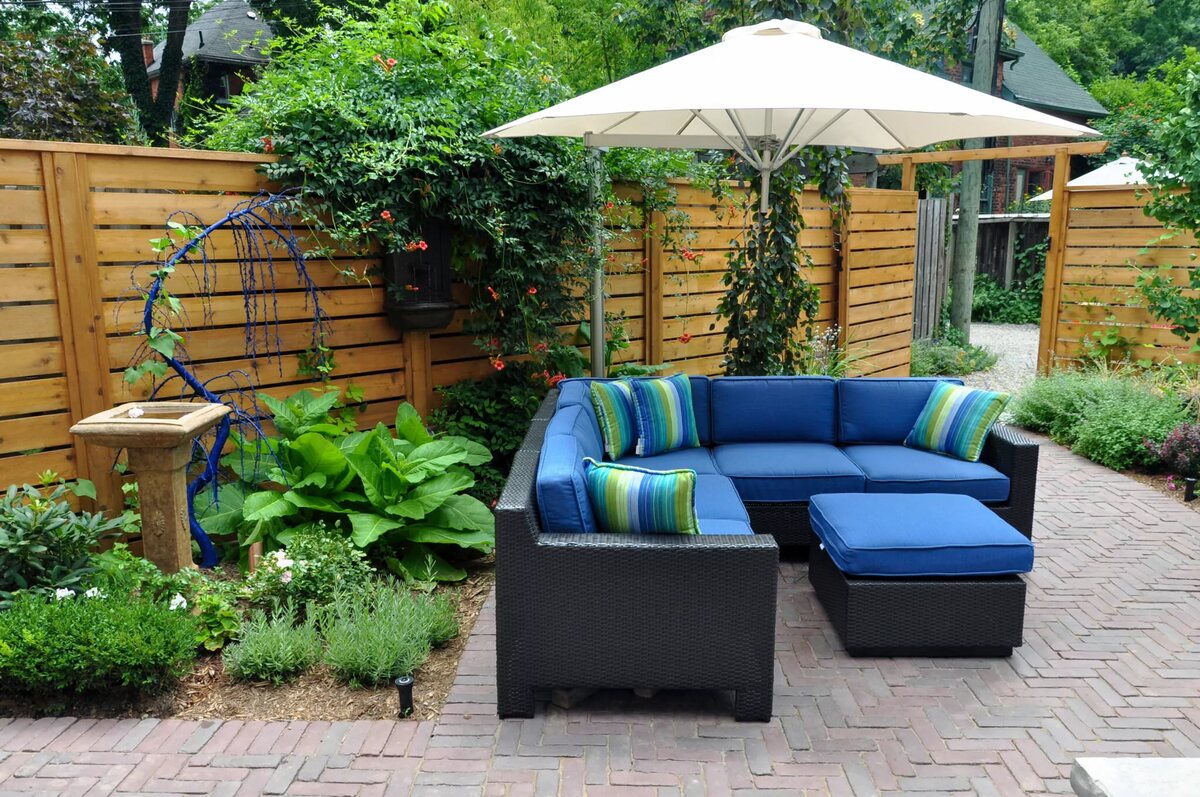
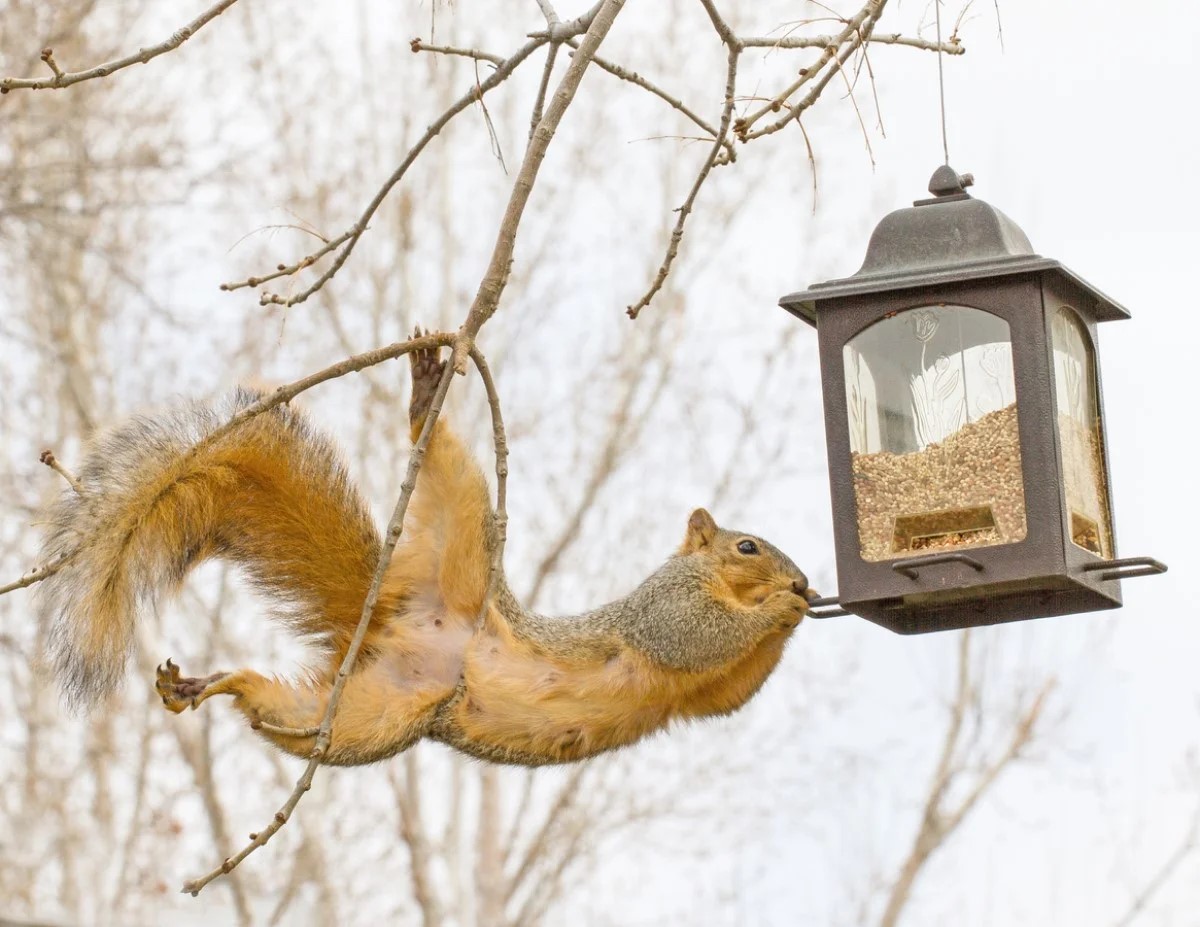
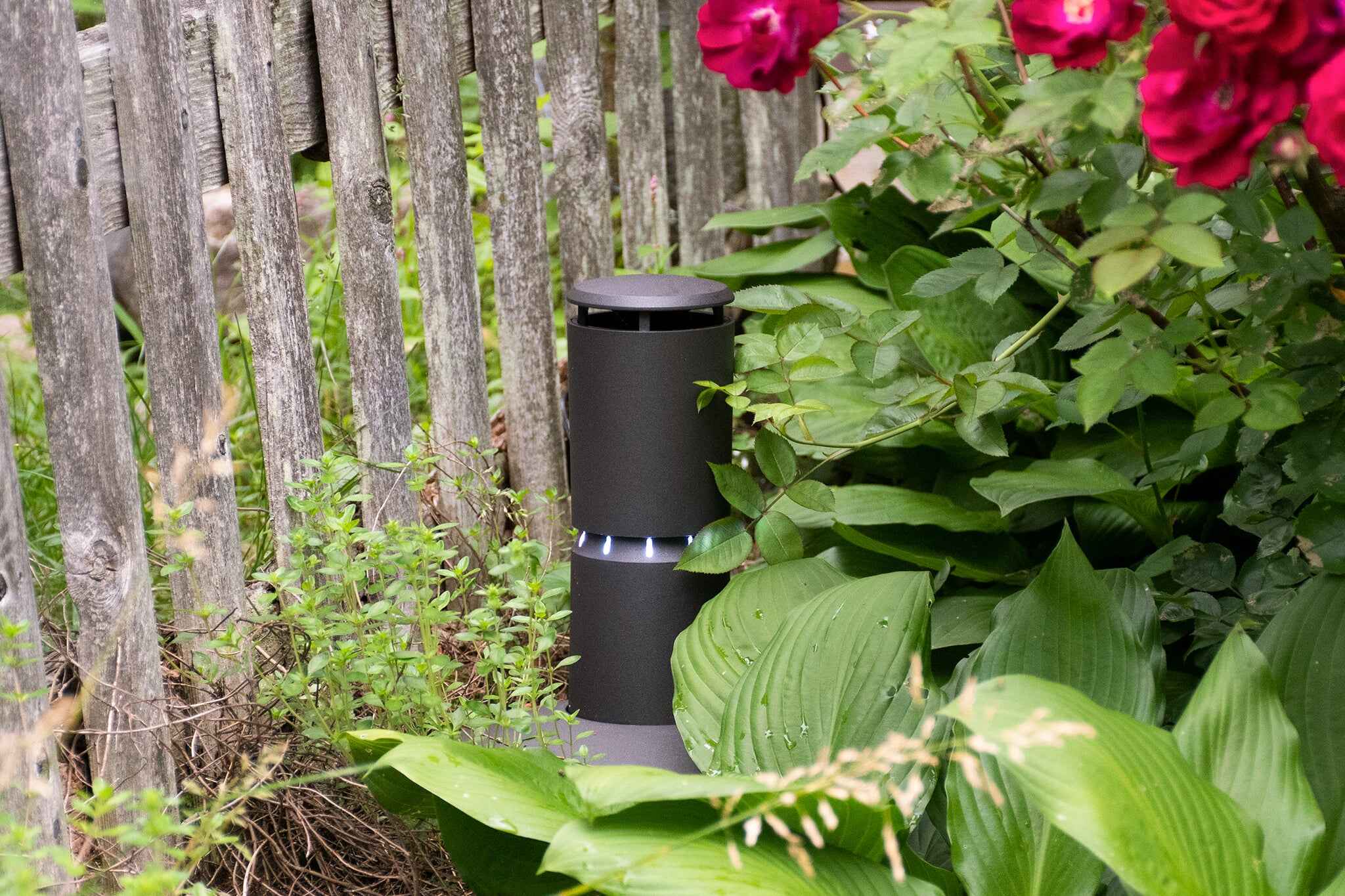
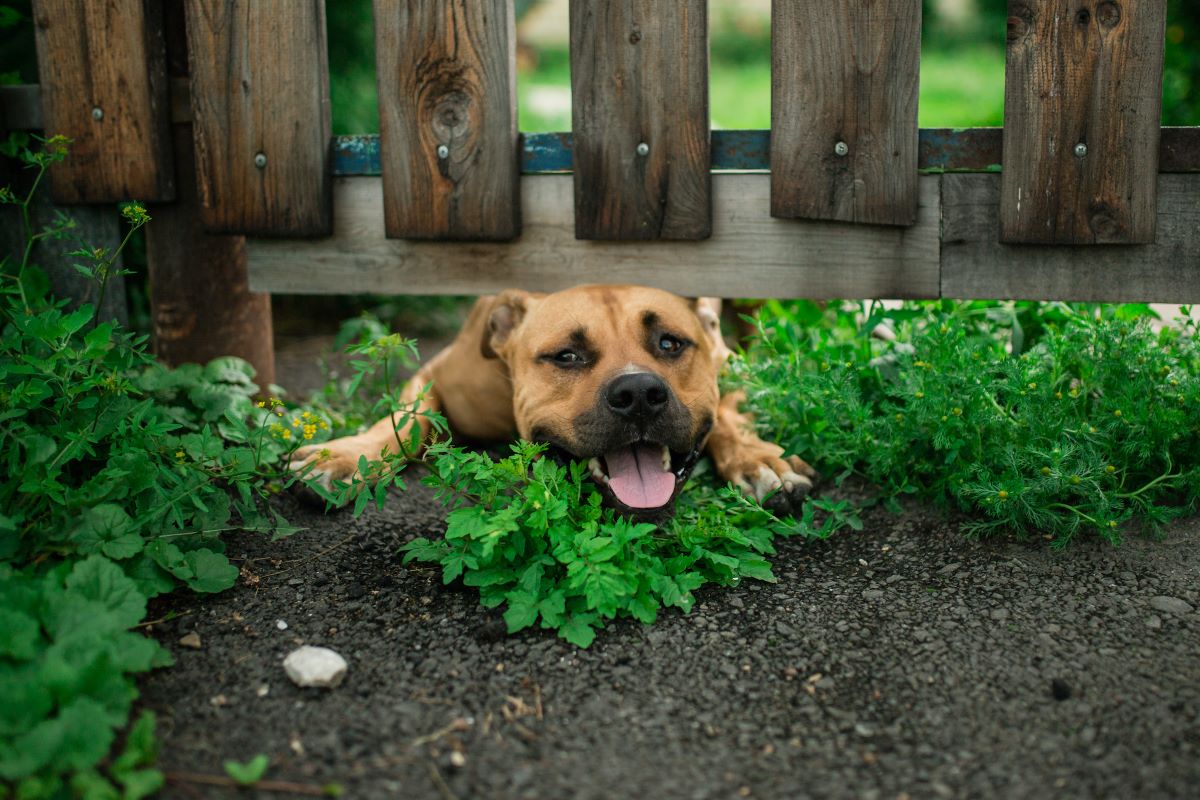
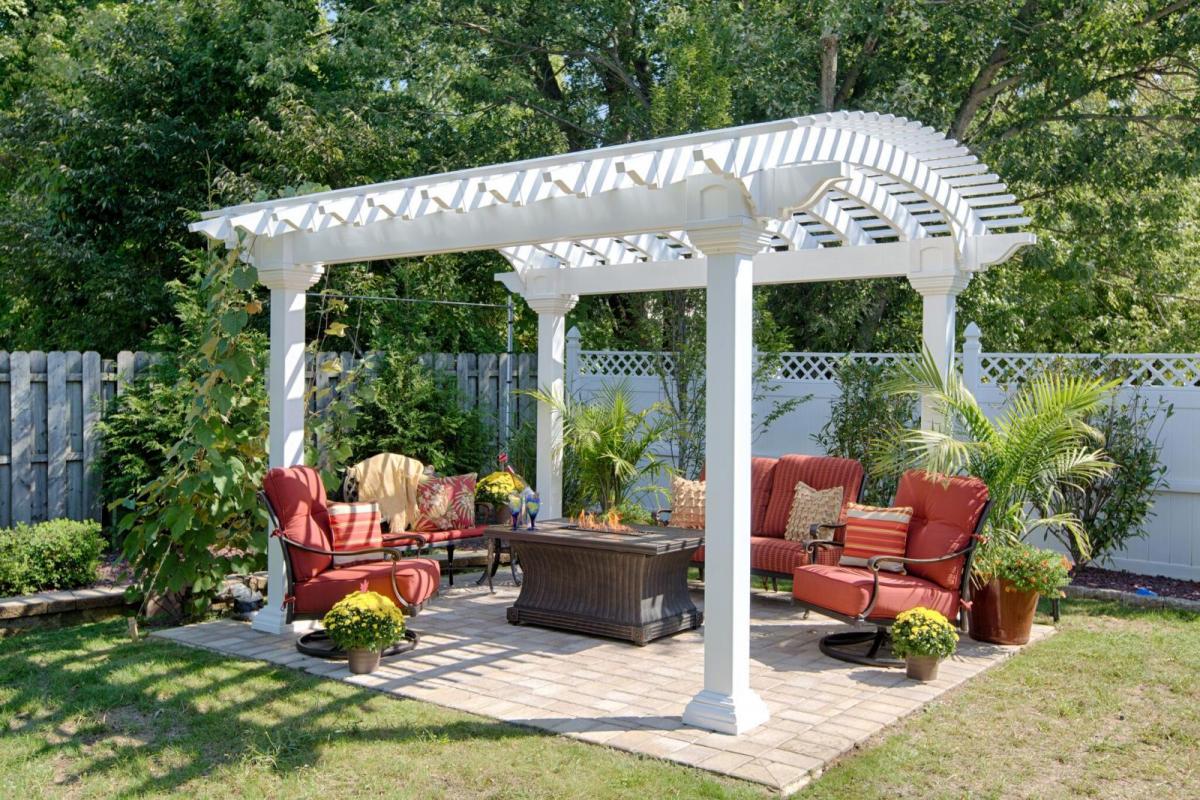
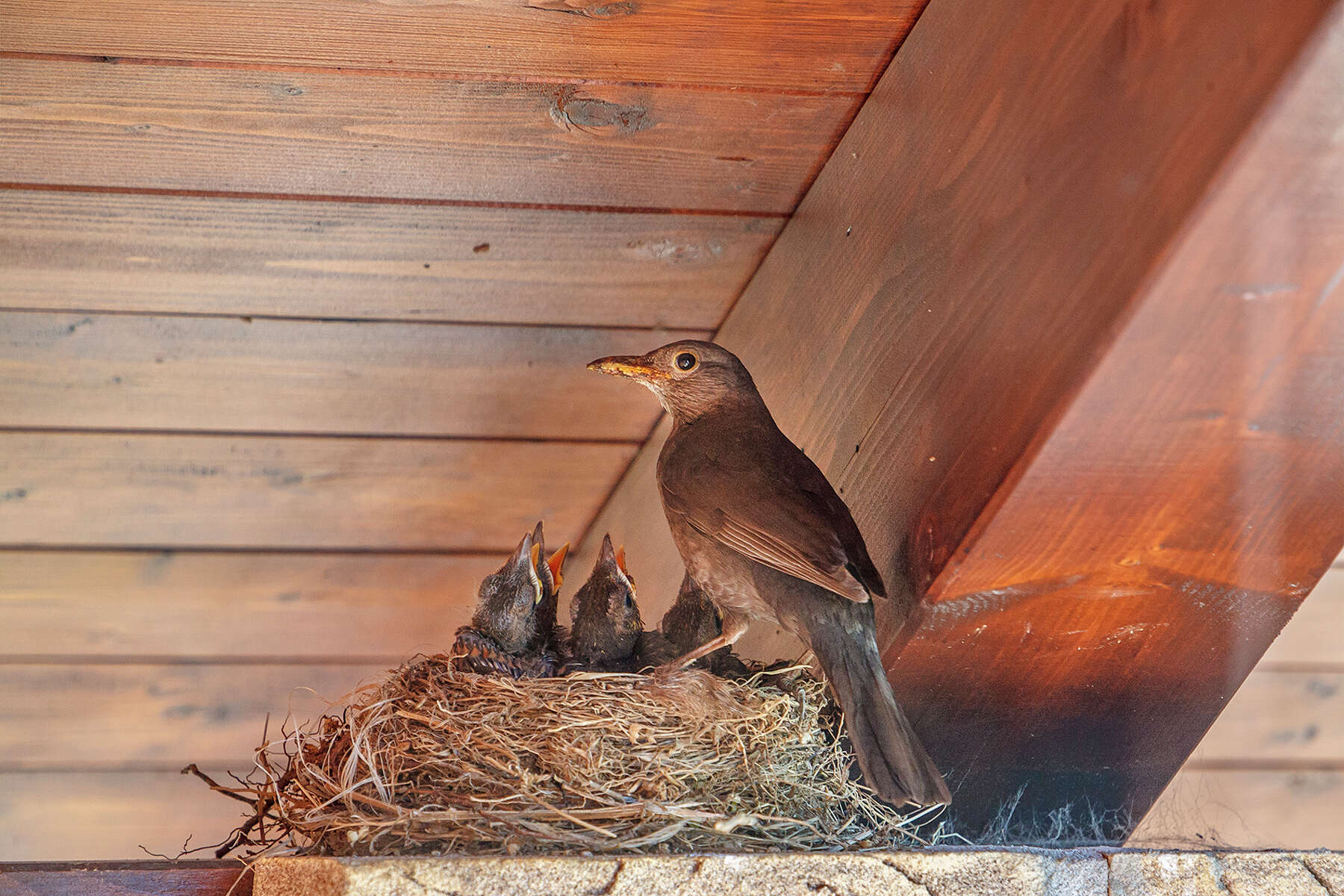
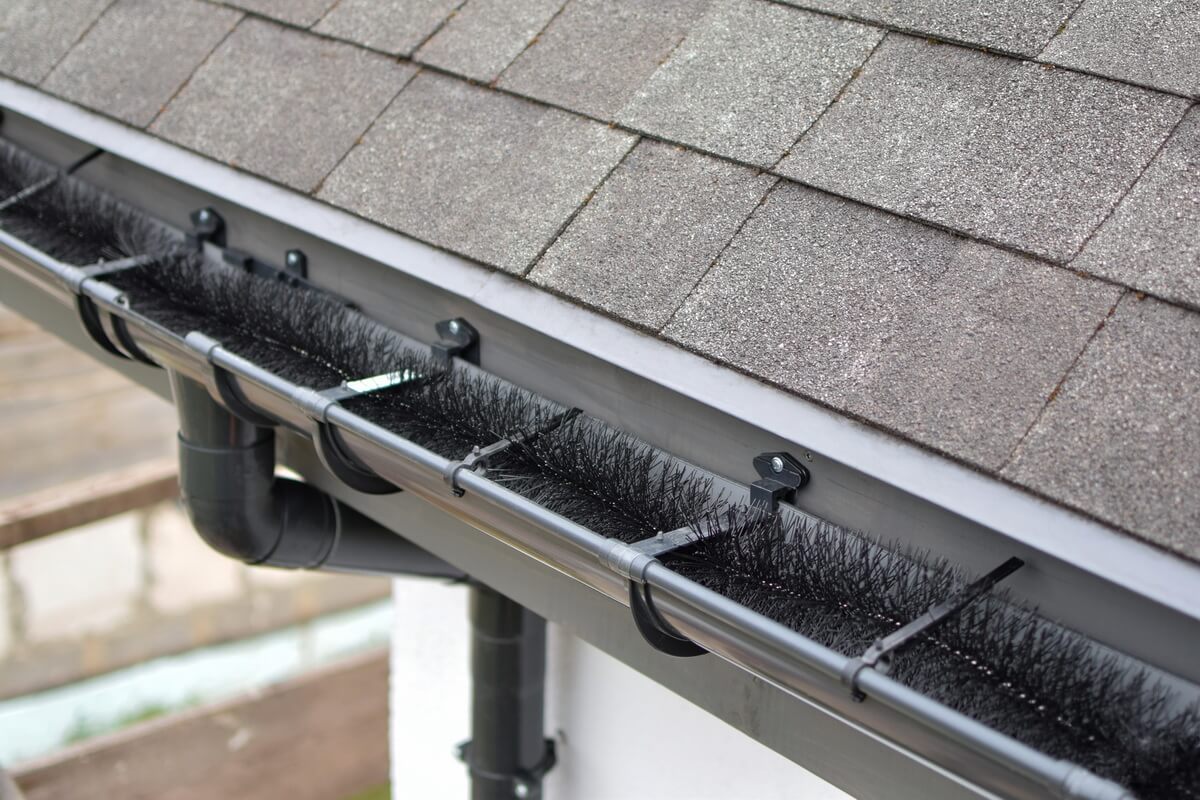
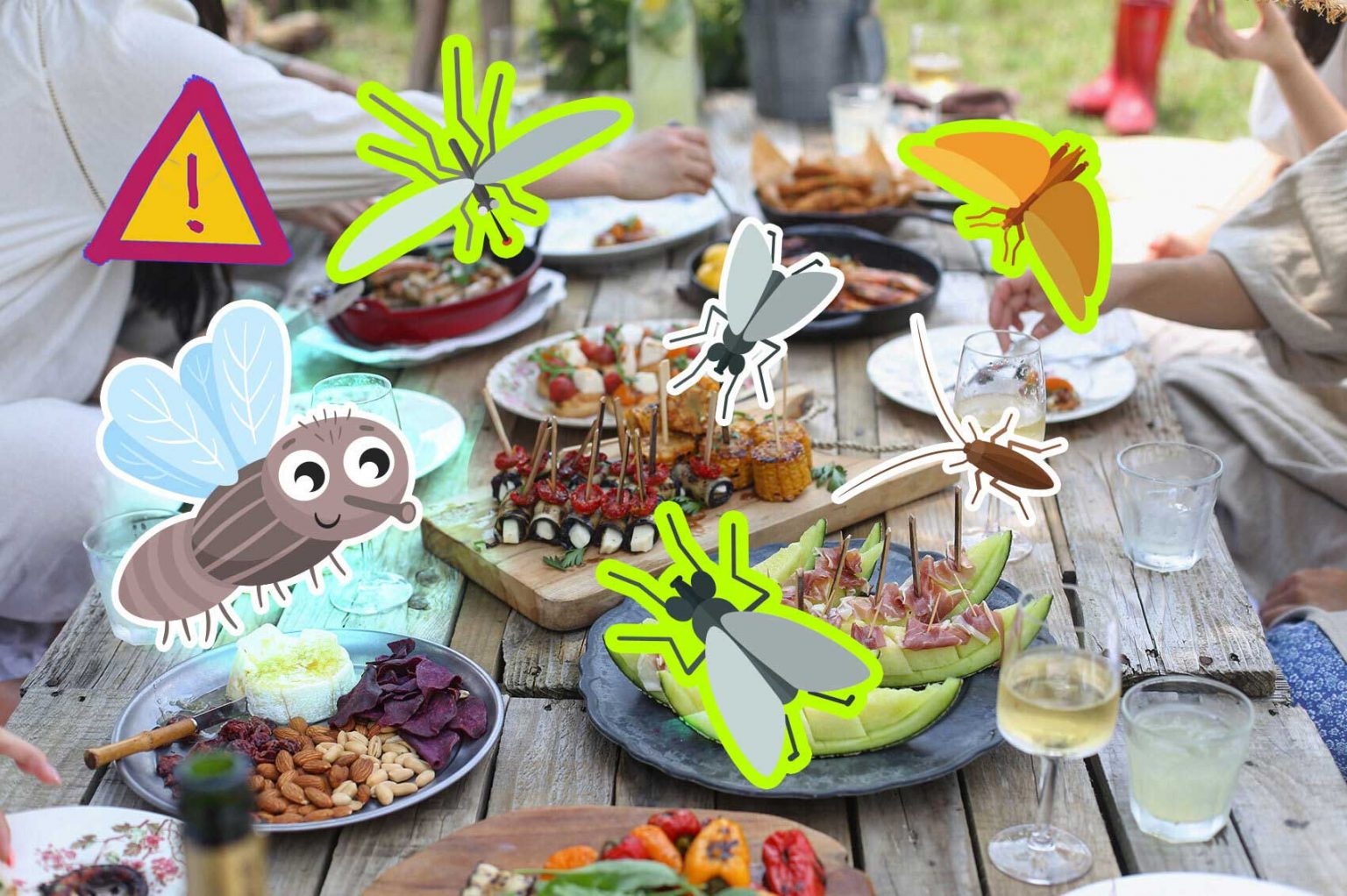
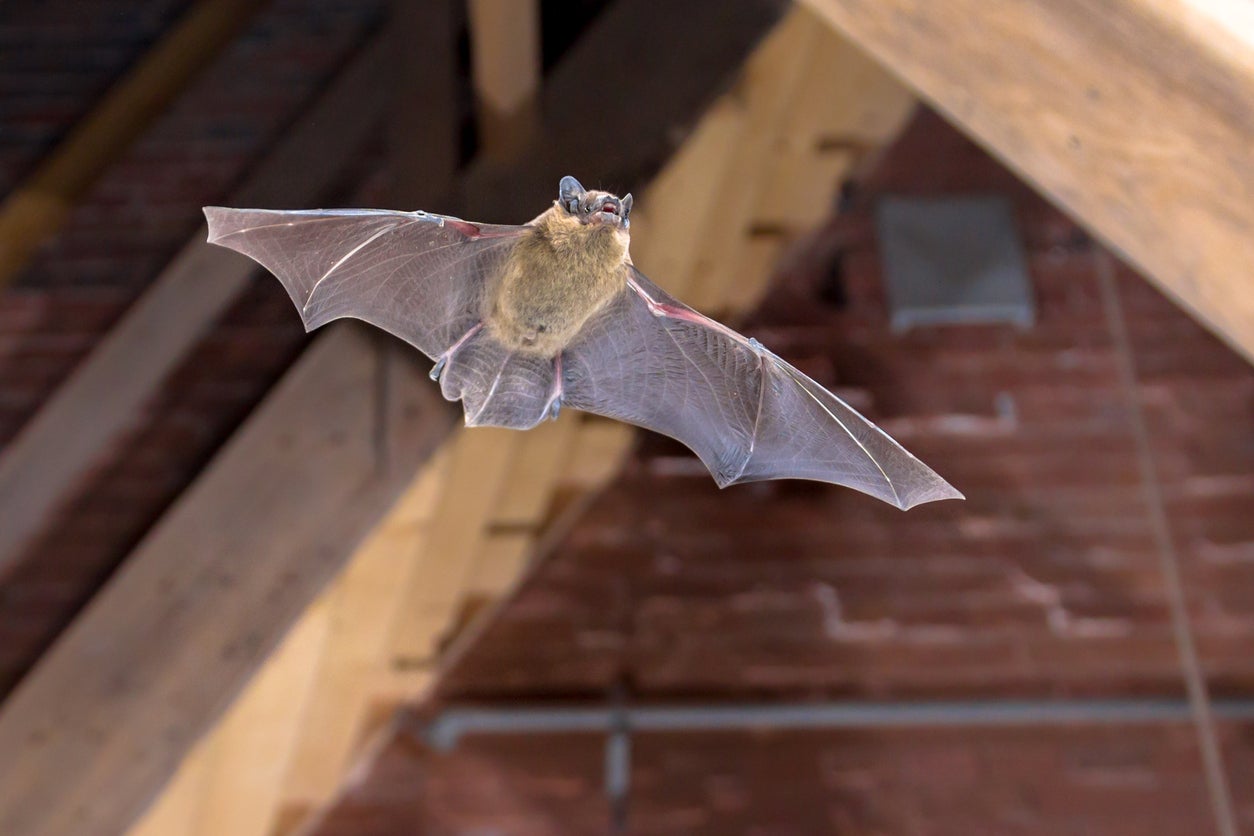
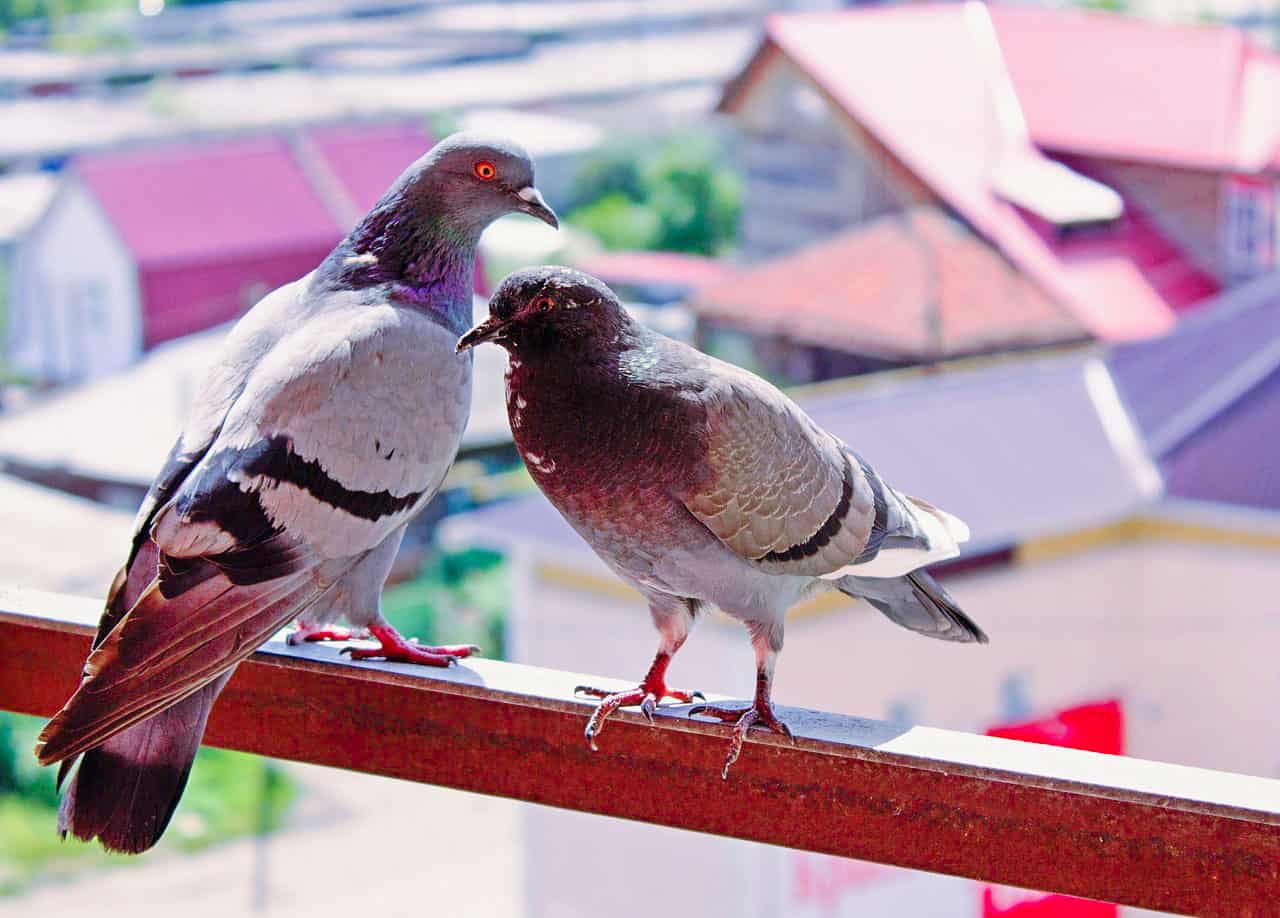
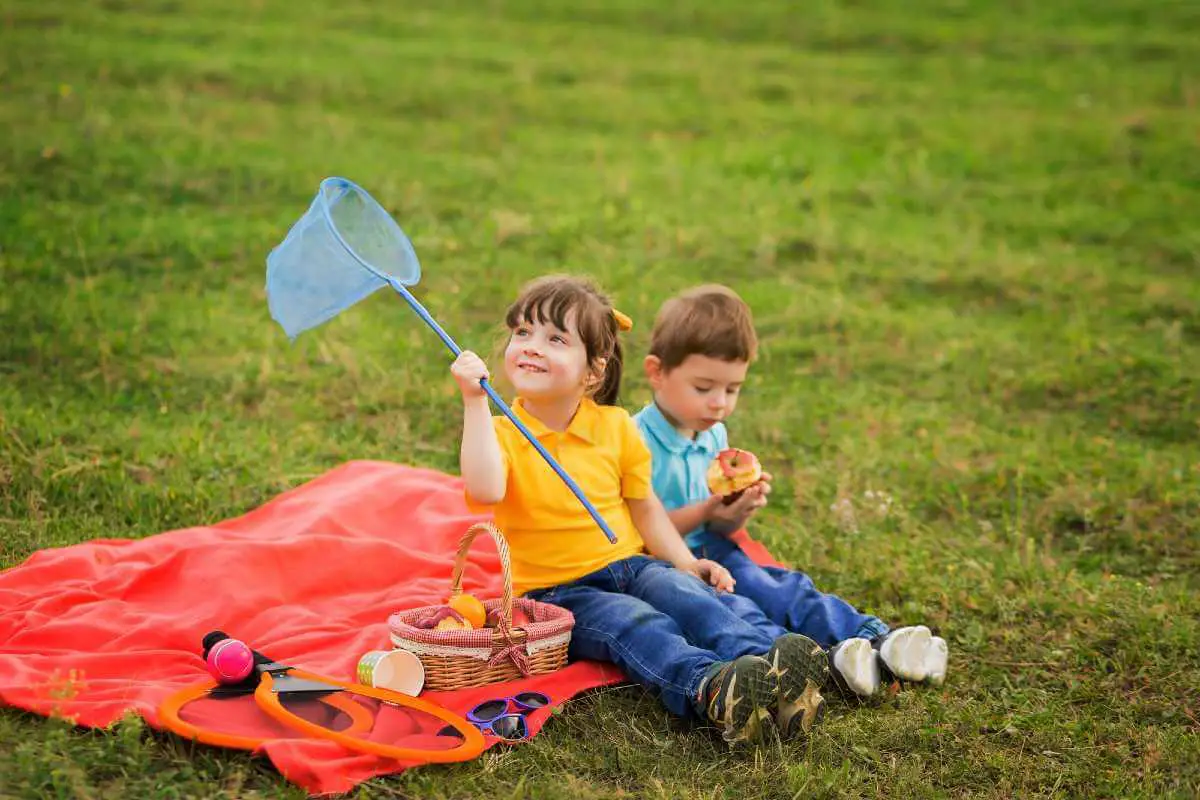

0 thoughts on “What To Keep Birds Away From A Patio”